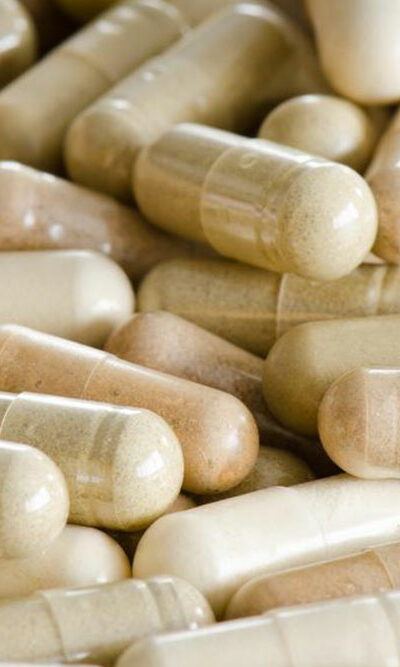
Types of Bowel Problems and their Causes
Bowel problems can be extremely uncomfortable. From frequent trips to the loo to the feeling of uneasiness, bowel problems cause them all. Bowel problems are generally categorized by conditions affecting the small intestine. They may also affect other parts of the digestive system as well. They have a telling impact on the way the body absorbs and digests food and they can cause several unwarranted symptoms like constipation and diarrhea. If one is suffering from bloody stools, it is essential to visit a doctor immediately. While these problems can be treated effectively with the help of medications, if left untreated, they can lead to a series of further complications. A doctor will diagnose your condition and suggest treatment according to the condition you are suffering from. Bowel problems can be tackled with ease if detected early and treated immediately. Here are a few of the most common types of bowel problems and their causes. Types of bowel problems There are four major types of bowel problems. They include: Irritable bowel syndrome (IBS) Irritable bowel syndrome (IBS) affects both the large and small intestines. It affects your everyday life as it can lead to frequent gastrointestinal problems. According to the Clinical Epidemiology journal, IBS affects up to 11% of people in the world. Effective and early treatment can go a long way in ensuring that the disease does not complicate and become worsened. Crohn’s disease Crohn’s disease is another common bowel problem. It is an autoimmune disorder and an inflammatory type of bowel disease. In Crohn’s disease, the immune system starts attacking healthy tissues in the anus, mouth, and intestines. This can cause damage to these tissues and immediate treatment is the best course of action. Celiac disease Celiac disease has genetic roots. If someone in your family has suffered from the disease before, your likelihood of contracting the disease increases.










